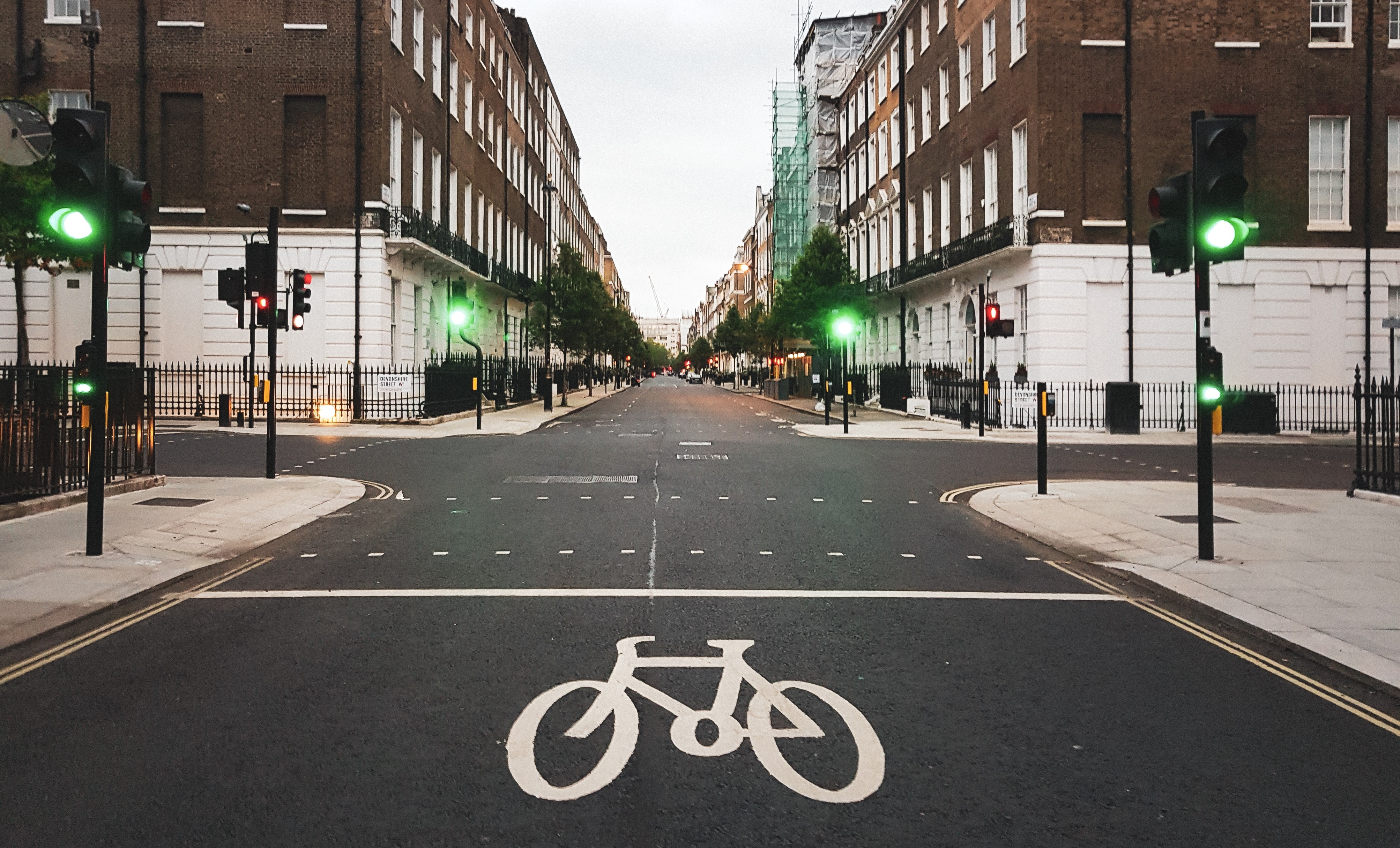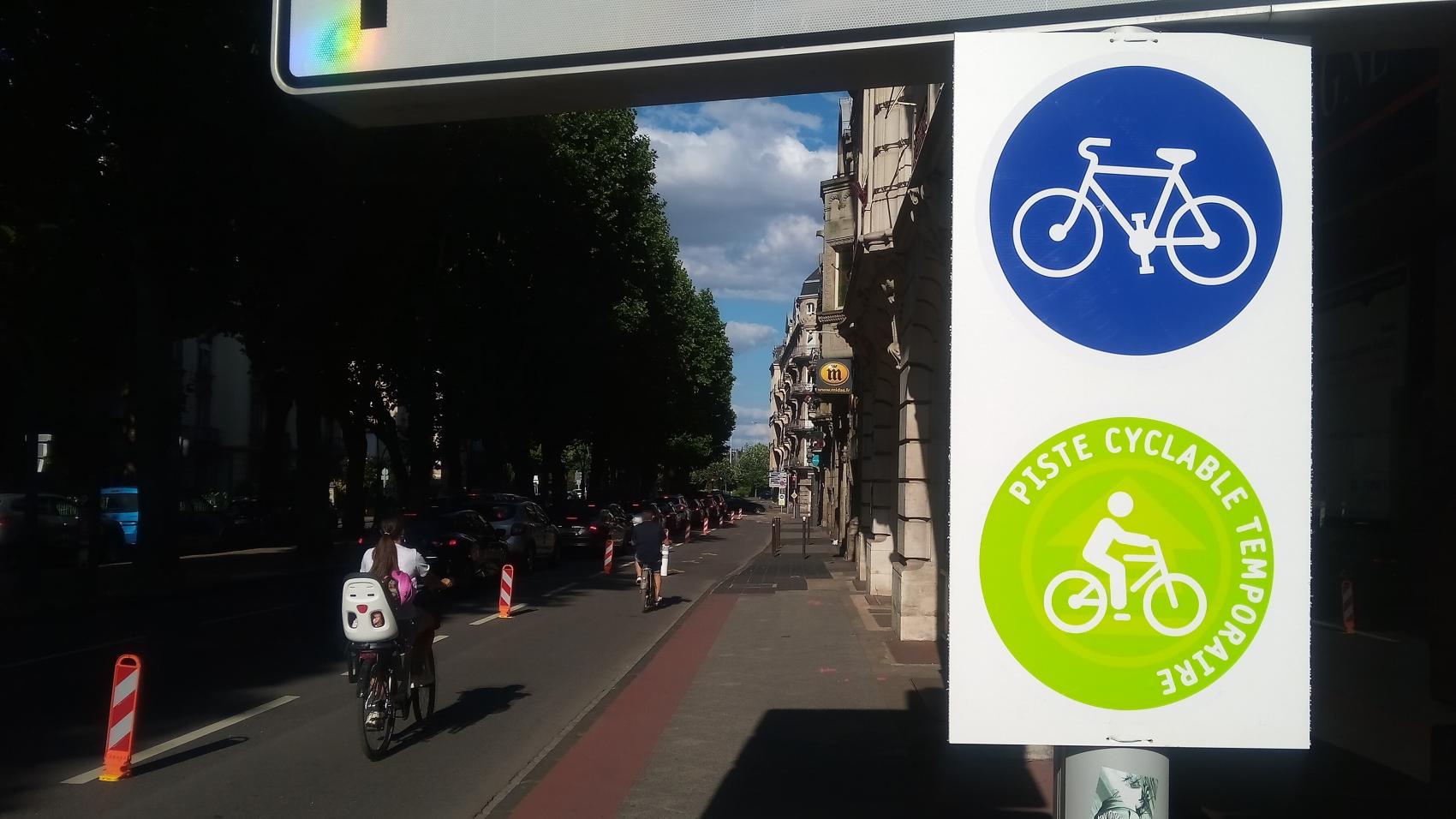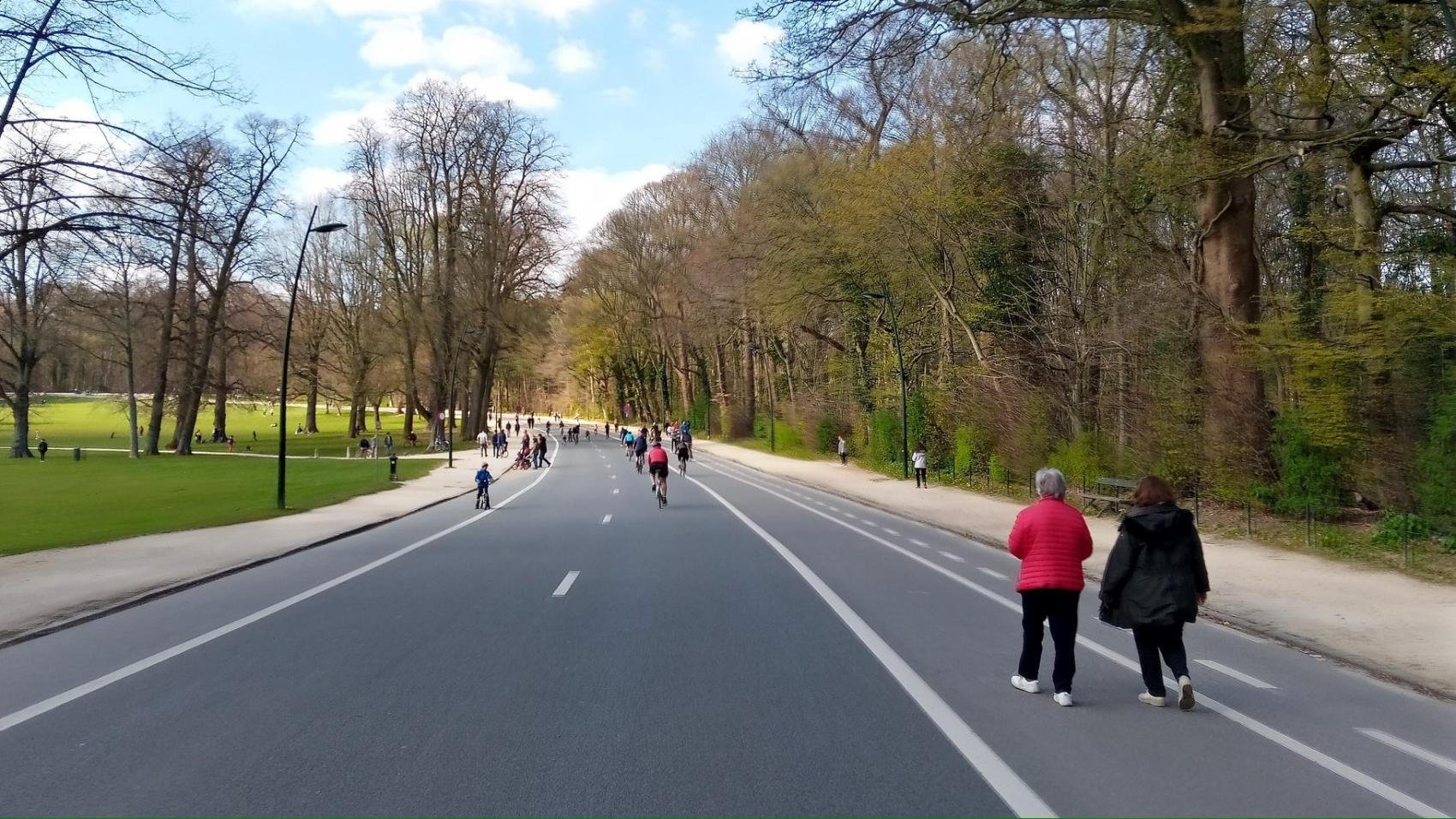
10 reasons to sign up for cycling during the pandemic
13 Aug, 2020
During the coronavirus crisis, local and national authorities are increasing efforts to promote cycling. But why? Let us list the common motivations behind the 2306 km of new cycle-friendly streets and more than 1 billion euro funding reported up until now in the ECF COVID-19 dashboard.

- Efficiency. The bicycle uses the space efficiently while at the same time allows to maintain safe distance from other road users. This is the dominant motivation behind closing the gaps in the cycling networks in big cities, such as London, which until the pandemic boasted a high share of efficient public transport. Now less people use public transport, either because of official restrictions, or reluctance to risk health inside a crowded bus. If all the former public transport passengers switch to cars, the whole city will turn into a huge permanent gridlock. If they are, however, offered an alternative of safe and comfortable travel by bicycle, the city can still be saved from this grim fate.
- Addressing pedestrian or cycling congestion. Walking and cycling are very space-efficient, but in some busy places the minimum legal width of a sidewalk or a cycle track is not good enough for the pandemic times. This is why for example Brussels created a new protected cycle lane on Rue de la Loi, giving the full width of the sidewalk to pedestrians (previously shared between walking and cycling). Also, traffic light programmes, which often assume that an infinite number of pedestrians can wait for the green light on a 2-meter wide sidewalk, need to be verified.
- Health. Regular physical activity is important both for physical and mental health. During the strict lockdown phase across many countries daily exercise was one of the few justified reasons to leave your house. Unfortunately, many densely populated areas suffer from a shortage of recreational public space – to provide that space, often there is no other option than take it away from cars. Many boroughs of Brussels took steps to enlarge areas available for recreation – from closing roads across Ter Kamerenbos, through ”play-streets” in Forest, to turning streets into a jogging track around Park Josaphat.
- Healthy environment. Lockdowns, by reducing car traffic, caused massive drops in noise and air pollution. You could hear the birds, talk without shouting, breathe with pleasure, also in the middle of the city. Many waterfronts were reclaimed from car traffic, parks expanded to neighbouring streets. This is one of the aspects of the lockdowns people liked and they are not so enthusiastic to go back to the “old normal” – noisy and toxic. This is also a powerful motivation to make the measures permanent, as in the case of Phoenix Park in Dublin.
- Health once again. The consequences of an infection with the novel coronavirus are more severe with certain pre-existing conditions, such as obesity, type 2 diabetes, hypertension, or cardiovascular diseases. Regular cycling is a way to address many of these and, therefore, to reduce the risk of becoming seriously ill with COVID-19. At the same time, reducing car traffic means lower air pollution, which also helps to keep the lungs healthy, and can make a difference between life and death if infected.

- Basic hygiene. Certain features of a car-oriented traffic system – such as requiring pedestrians or cyclists to press a button to get a green light on a crossing – are simply not hygienic. Given that the coronavirus can stay active up to 3 days on plastic surfaces, asking pedestrians and cyclists to push button creates an unnecessary epidemiological risk. Gdańsk in Poland removed "beg buttons" on 176 pedestrian and bicycle crossings in the city.
- Finances. The coronavirus is taking a heavy toll on local and national budgets. Many cities will have to cut expenses for transport infrastructure and services. Luckily, cycling is a very cheap mode of transport, both in terms of infrastructure needed, and in terms of later exploitation. On average, a kilometre cycled instead of taking a car or a bus can bring a saving up to 1 euro.
- Restarting economy. Shops of all kinds need space for waiting outside, to avoid overcrowding inside. Many for example groceries, can also use the space, to present their products. Therefore, on many shopping streets, even in small towns and villages, street space is being redistributed to enlarge the sidewalks or allow pedestrians to use the whole width of the street.
- Restarting gastronomy. The distancing rules and common sense dictate more space for tables outside cafés and restaurants. Some parking places had to go – for example on Rua de São Paulo in Lisbon – and you know that at least 10 bicycles can park in the same place as one car, right?
- Restarting tourism. Many people do not travel far for this summer holiday. The bicycle offers an excellent way to rediscover your country or the one just across the border. This is the thinking behind initiatives like Velosummer in Luxembourg or investing in a system of cycling nodes in Denmark (more examples available on the Restart Cycle Tourism page).

The ECF COVID-19 dashboard tracks the development of over 2300 km of cycling measures announced around Europe in connection to the coronavirus pandemic. Have we missed something? Would you like to verify the data for your city? Or provide information about a city that is currently missing from the dashboard? Let us know!
Regions:
Network/Project Involved:
Contact the author
Recent news!
Upcoming events
Contact Us
Avenue des Arts, 7-8
Postal address: Rue de la Charité, 22
1210 Brussels, Belgium
Phone: +32 2 329 03 80
Email: office@ecf.com









